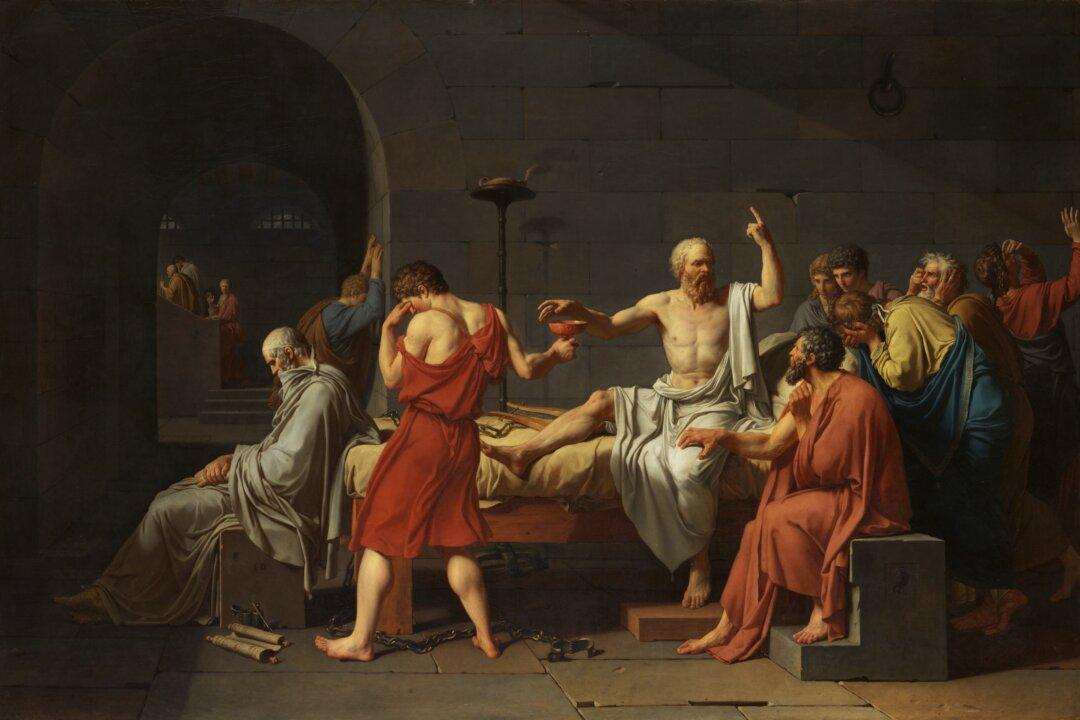Occasionally history gifts us an individual compelled by the type of genius that influences our civilization for centuries to come. Socrates, who lived in Athens, Greece approximately 2,500 years ago, was one such individual. What we know about Socrates mostly comes from Plato, one of his students.
Socrates was a controversial figure. Many who talked to Socrates personally could not resist loving and respecting him, but he would come to be hated politically and was eventually condemned to death. Who was Socrates, and how might his life offer us wisdom today?





